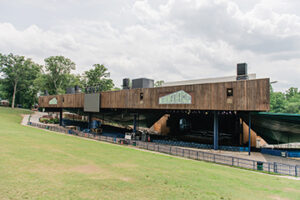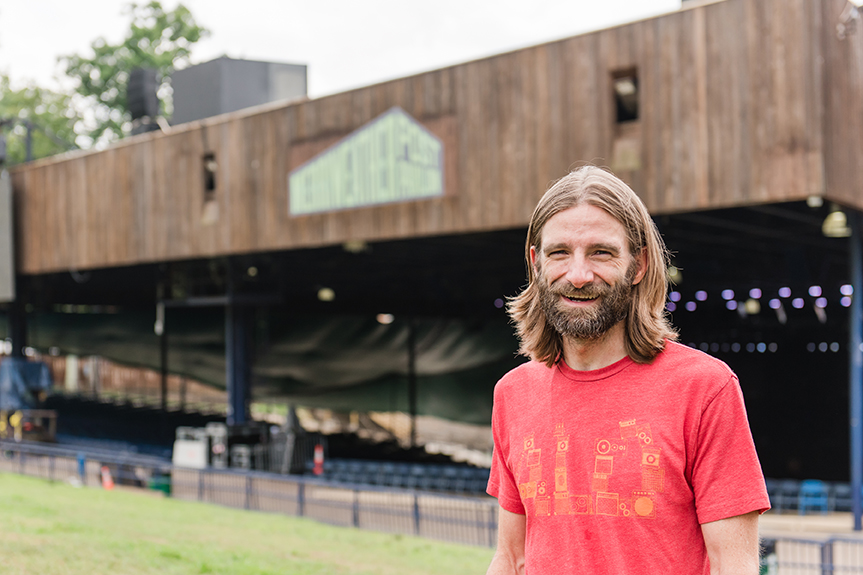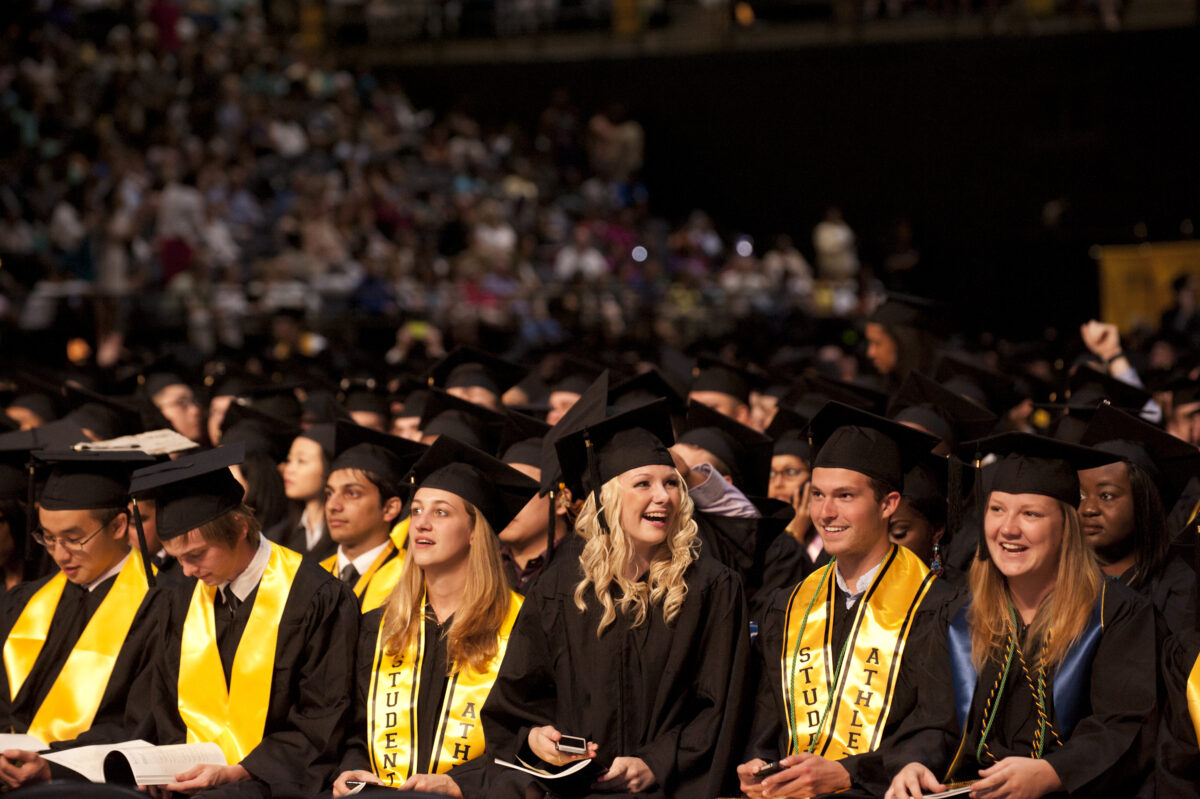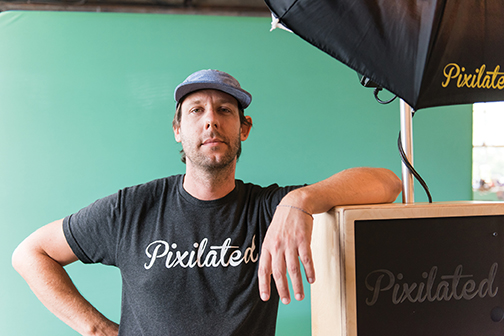Although his thoughts often take him to the faraway national monuments of Utah and beyond, Ian Kennedy ’00, interdisciplinary studies, works every day to make his long-time community, Columbia, Maryland, a better place. Before becoming a Retriever, he was a Rouse Scholar at Howard Community College; upon transferring to UMBC, he found a way to make his interests in writing and environmental preservation work together as a scholar. Kennedy has worked as a newspaper reporter, a community organizer, and – most recently – as executive director of The Downtown Columbia Arts and Culture Commission, which oversees the health and well-being of the historic Merriweather Post Pavilion, which – like UMBC – recently celebrated its 50th anniversary.
I have never been to southern Utah, but it was a critical stop in my life’s journey.
When I came to UMBC after two years at Howard Community College, I had no idea what major I’d pursue and certainly no clear aspirations for a career. To the extent I had a focus for my academic pursuits it was, simply, to finish with a degree.

UMBC’s diverse and expansive catalogue of classes delighted my curious mind, and I signed up for courses in philosophy, English, American studies, Africana studies, geography, anthropology, and whatever else seemed interesting. I ultimately ended up with a self-made degree in interdisciplinary studies titled “environmental writing”.
It wasn’t intentional, but my interdisciplinary education prepared me for life and a career more than I could’ve imagined. And with the benefit of almost two decades of perspective, there was one class in particular that exemplified this fact.
The class, taught by Dr. Eugene “Sandy” Parker, focused on one, seemingly narrow problem: what to do with some federal land in southern Utah.
The debate about the Grand Staircase-Escalante National Monument had raged in southern Utah and beyond for years among groups divided by competing visions for access and use of this land. As a young environmentalist, I went into the class with a strong bias in favor of preserving it as much as possible from human intervention. The problem, in my mind, was relatively simple.
But the class was far more than a lesson on land management and government policy; it was a case study on how communities work through disagreements.
During the semester, we studied the local context, poring over newspapers and advocacy websites, as well as the national and historical context of land preservation in the United States. It was complicated, like life, and in order to appreciate the depth of the topic, we had to look past our biases, explore matters outside our own narrow frame, and embrace the messy complexity of it all.
For me, the course ultimately taught me about how we collectively work to shape our future, despite sometimes competing visions for it.
After completing my studies at UMBC, I took a job as a reporter for a small newspaper in Carroll County and saw firsthand how communities evolve. While the details were vastly different, the dynamics and mechanics of the community’s progress mirrored those I had studied in Dr. Parker’s class. This experience ignited my own desire to participate actively in such matters and compelled me to return to school to pursue a graduate degree in public policy.
During the summer between my two years as a graduate student, the chance to shape my future—and that of my community—presented itself when the owners of Merriweather Post Pavilion, a beloved and acclaimed concert venue in Columbia, Maryland, announced their intentions to close it. With the help of a friend, I started a grassroots advocacy campaign to fight this closure, starting me on a journey that continues today.
For the last 14 years, I’ve been heavily involved in the complex, messy, and often contentious discussions about the future of a community I know far more intimately than southern Utah—Columbia, Maryland—and the amphitheater at its heart. Our fight to “save” Merriweather was successful, and today I have the honor of running the nonprofit organization that now owns the venue and is charged with expanding artistic, cultural, and civic programming at Merriweather and beyond.
Along the way, I’ve had to untangle complex problems, confront my own biases, develop a better understanding of the concerns of those with whom I’ve worked, and learn all sorts of details about all sorts of subjects that I never expected I’d have to understand. To say my work is interdisciplinary is to put it mildly.
But it is also work that, at first, seemed obvious. Of course, Merriweather Post Pavilion should be saved, just like our dwindling wilderness areas.
But what that means, and how it’s accomplished, is far more complicated. And, also, far more interesting. And that’s a lesson I learned in Utah, by way of UMBC.
Tags: Fall 2017




